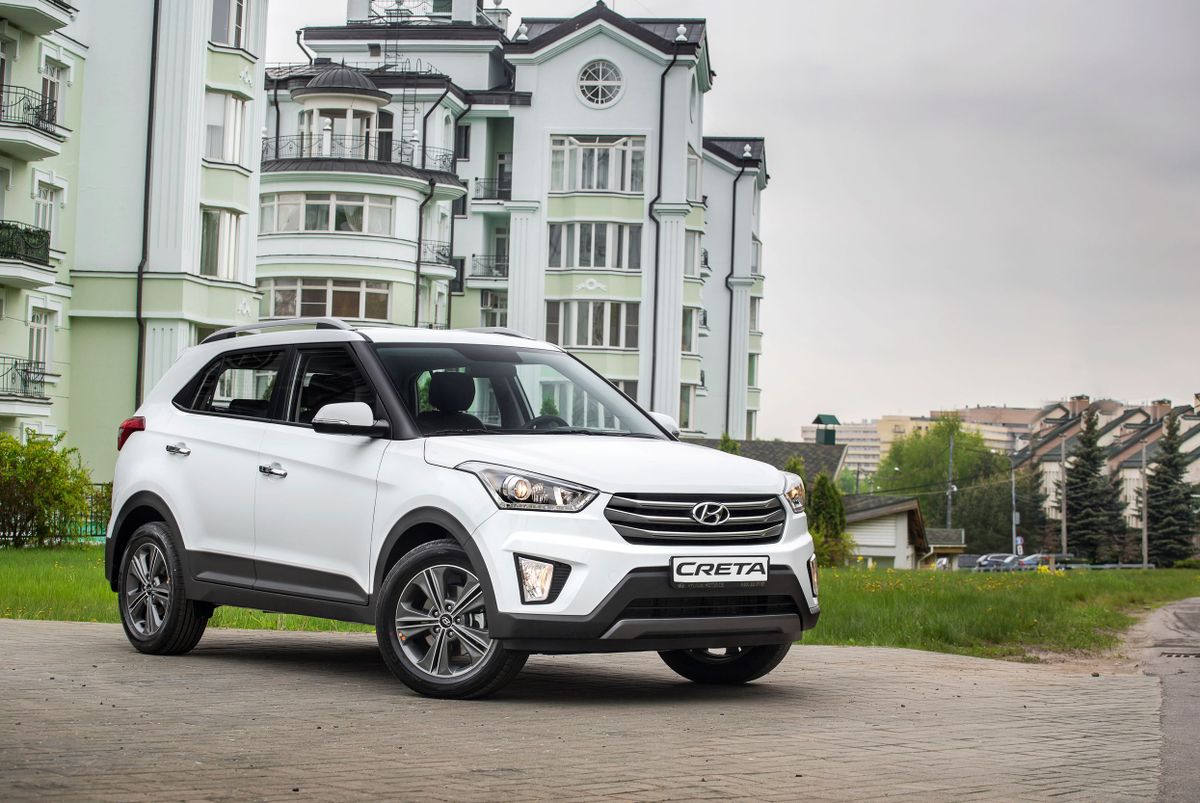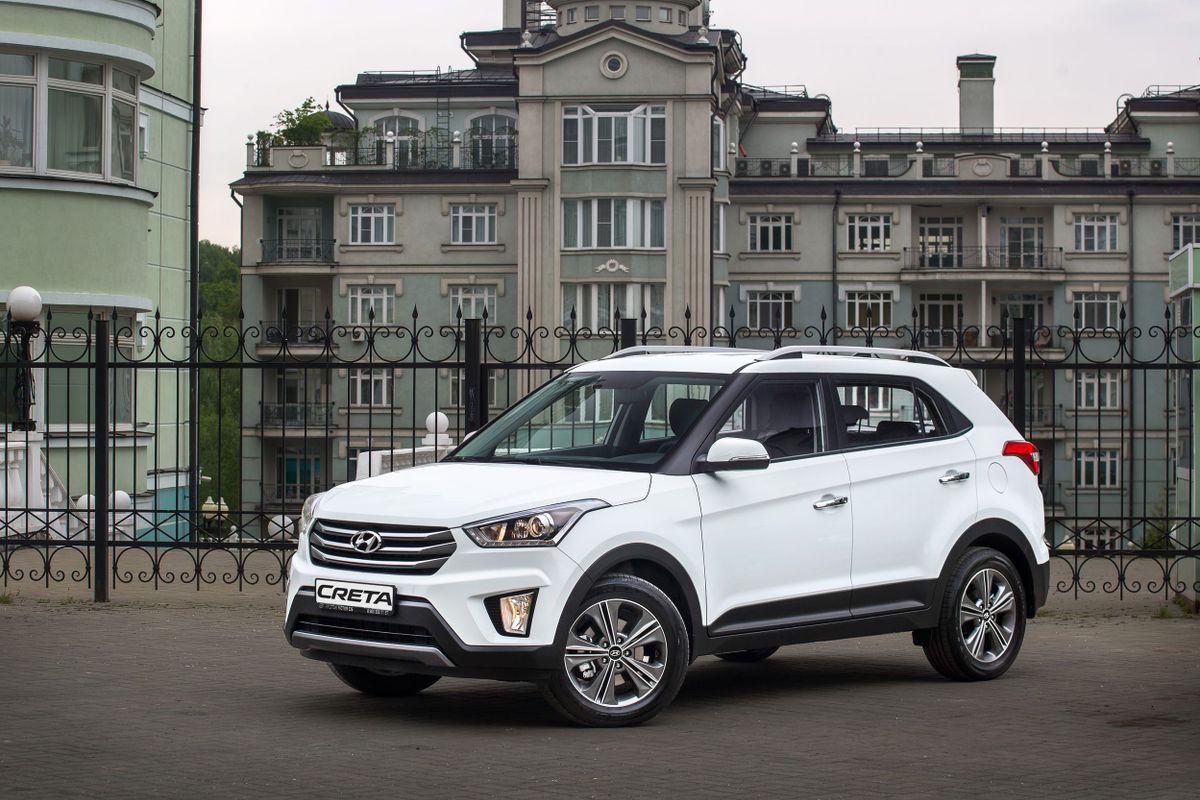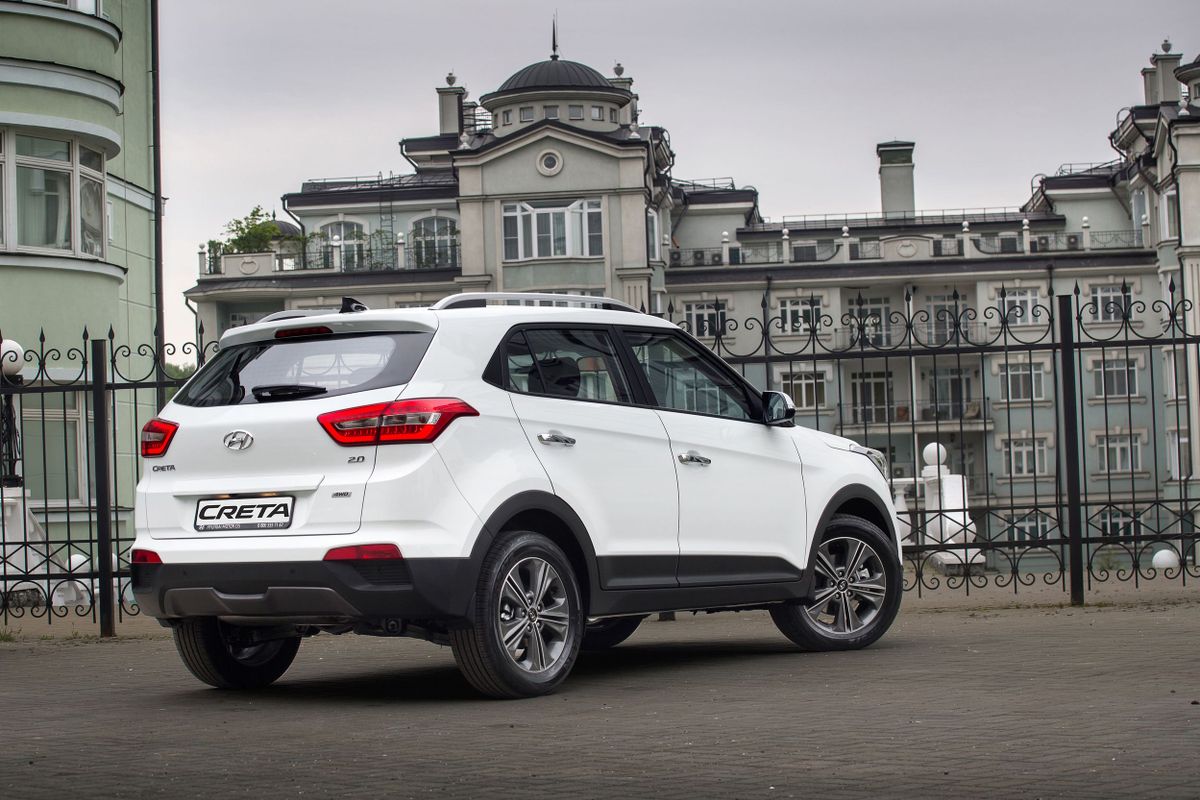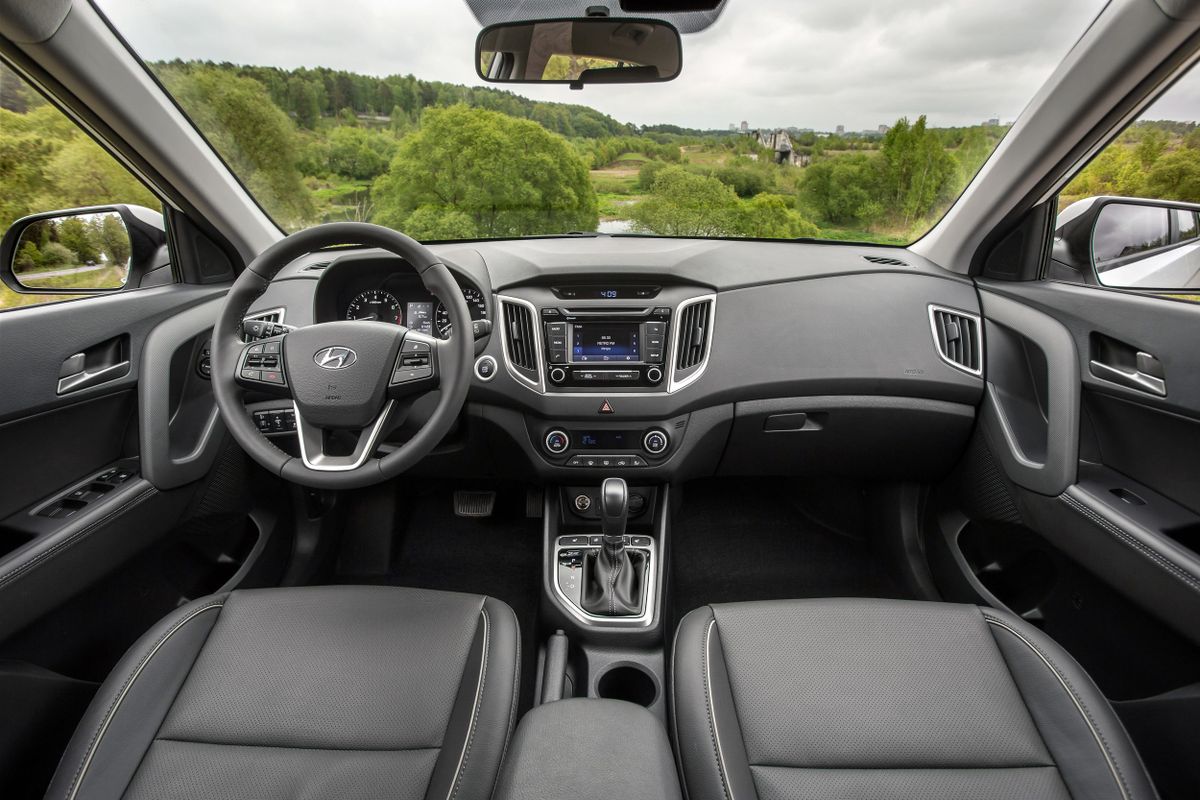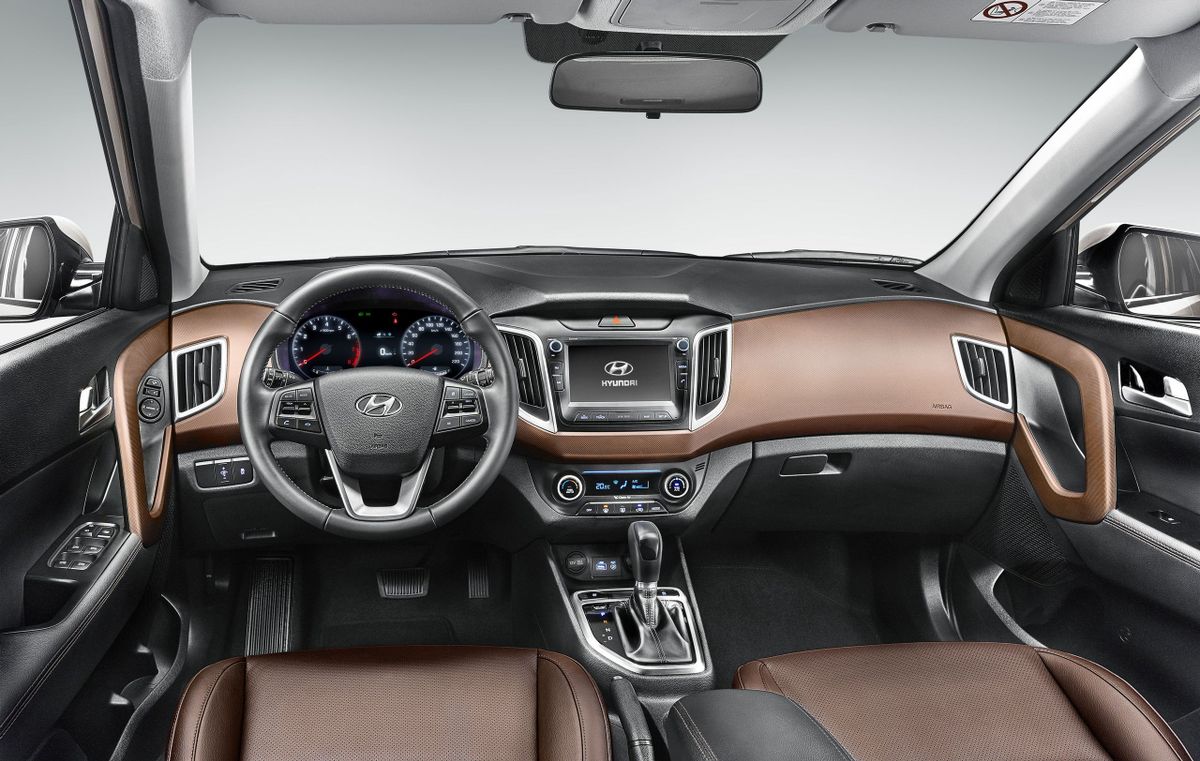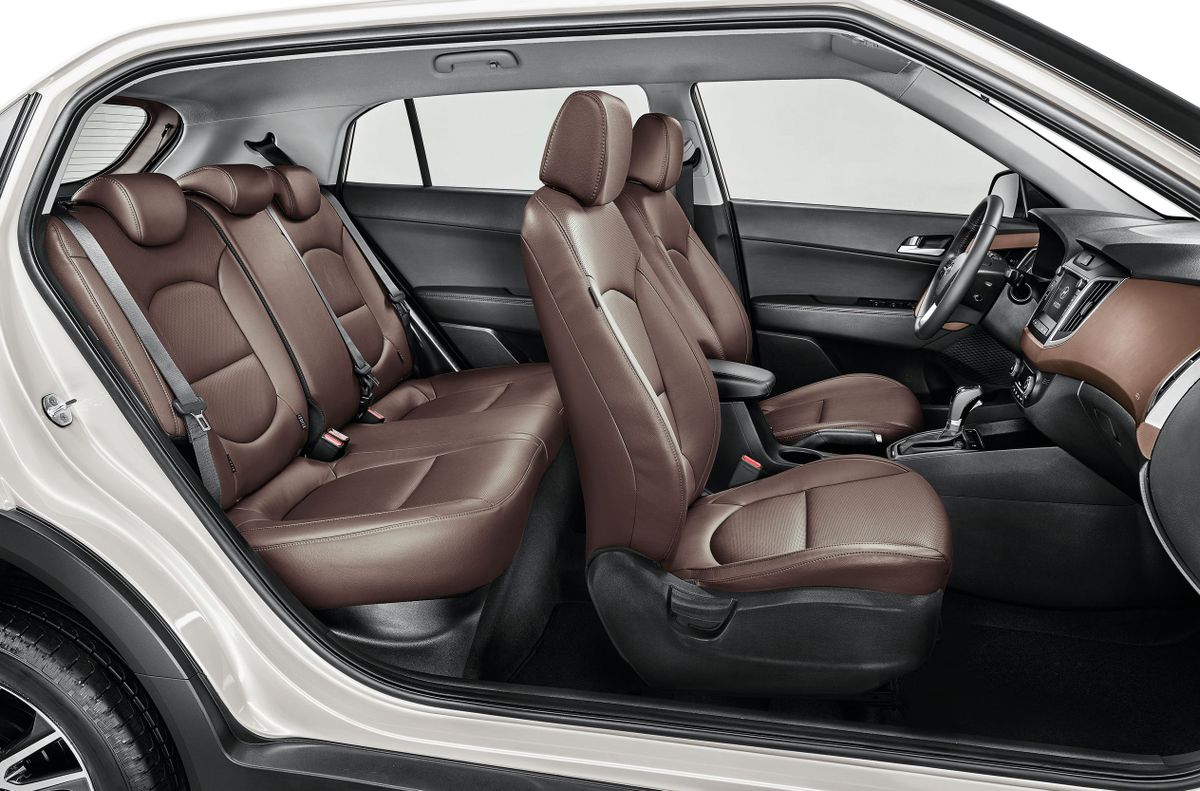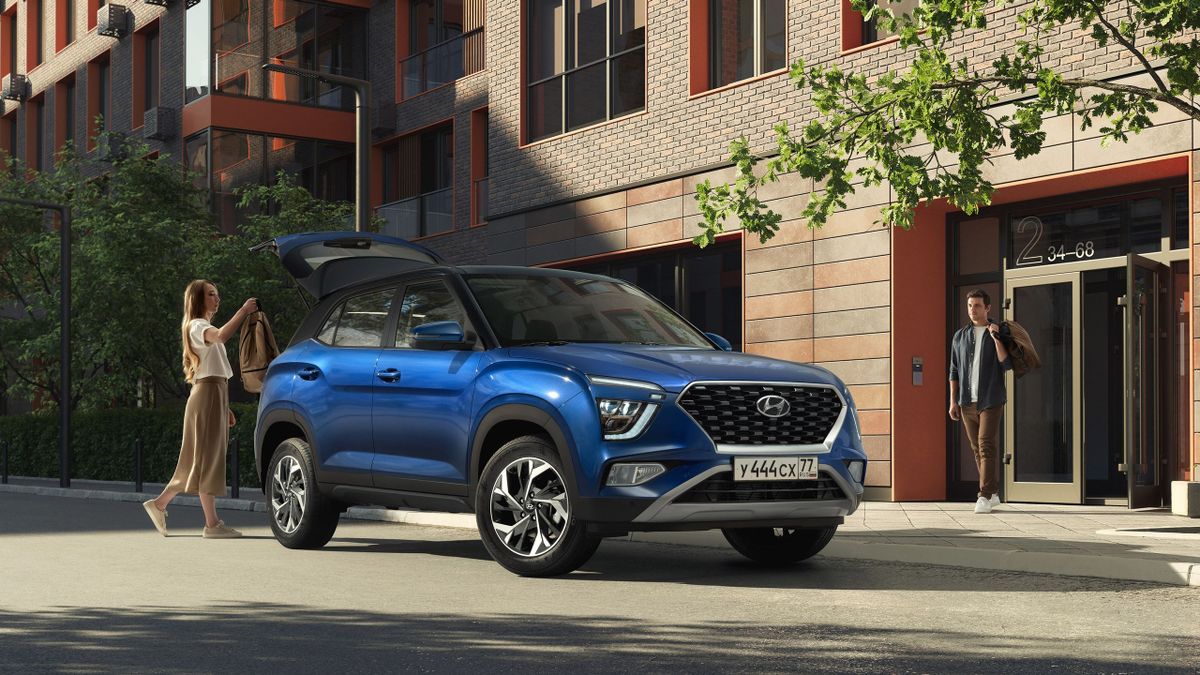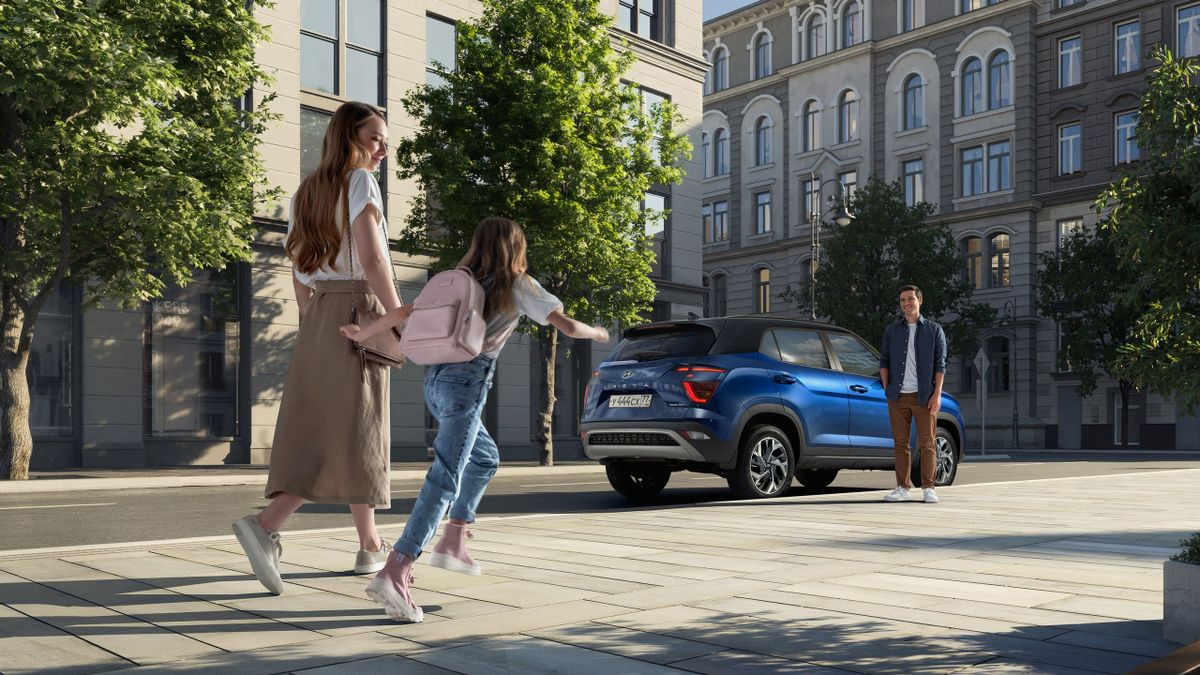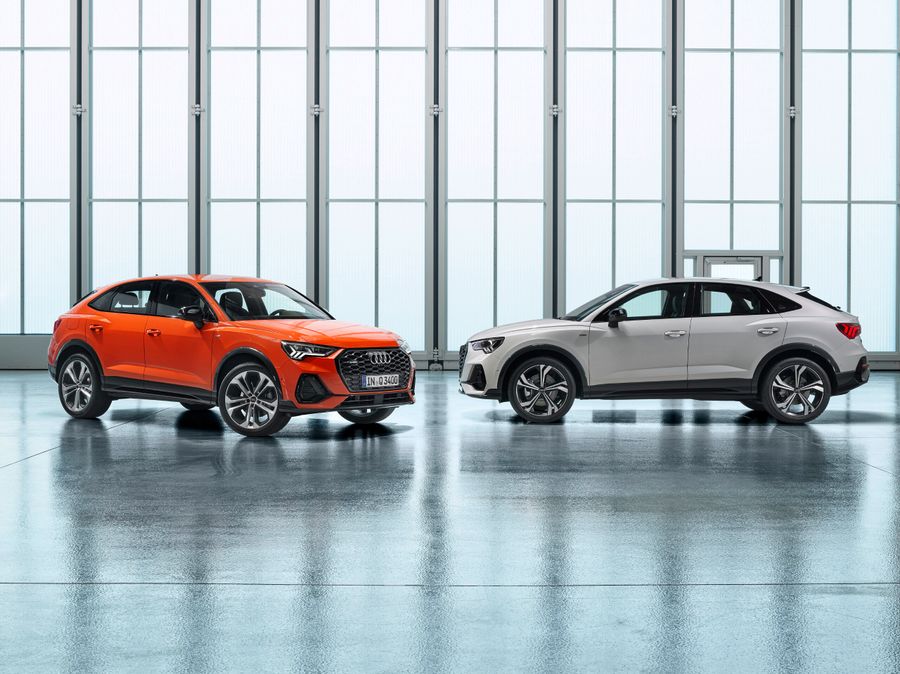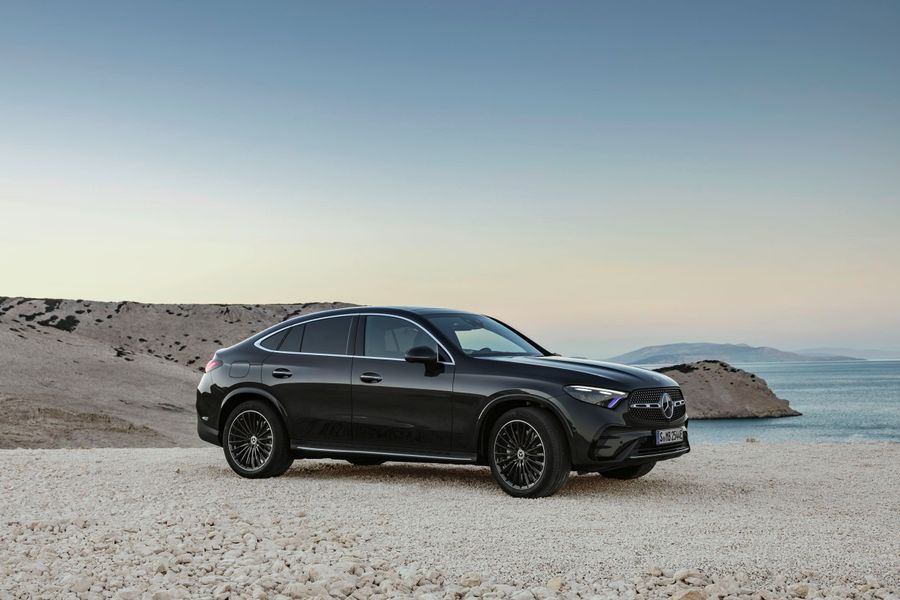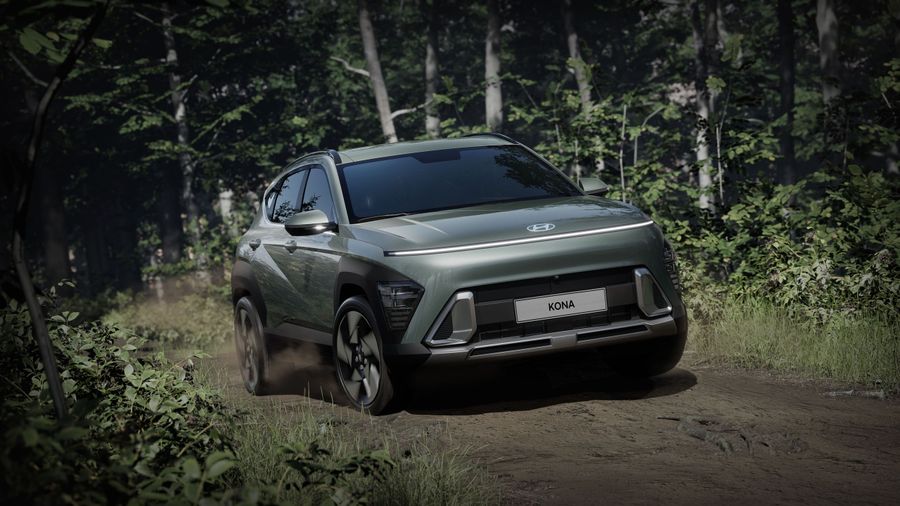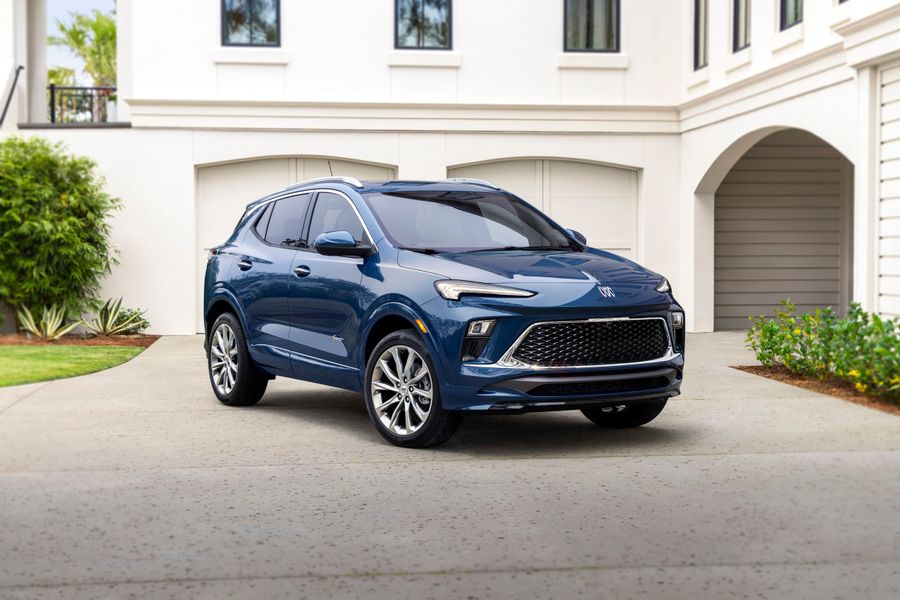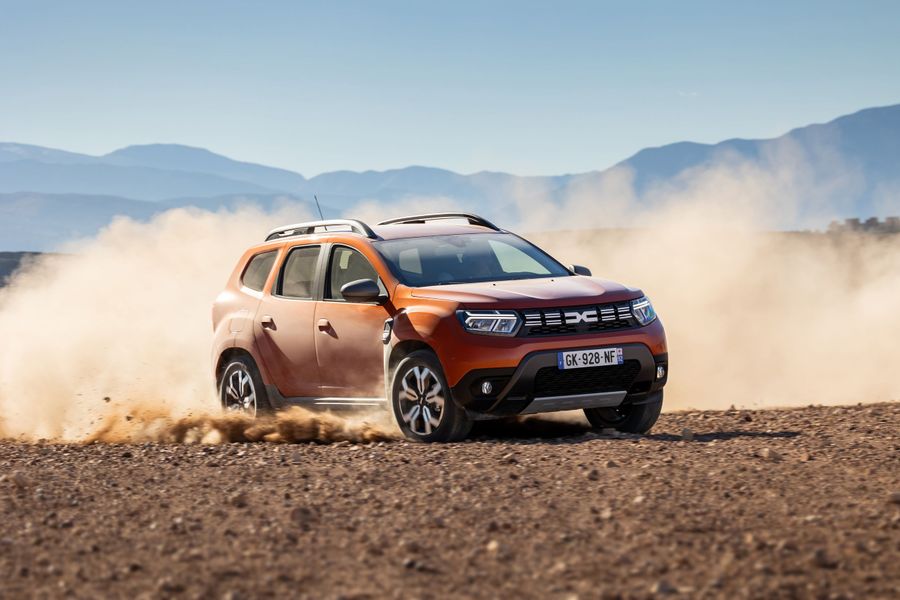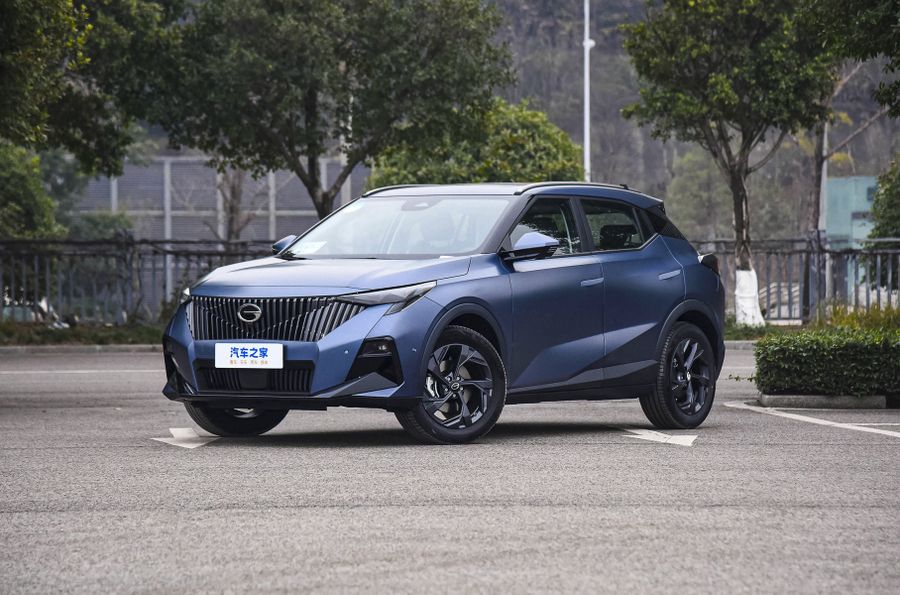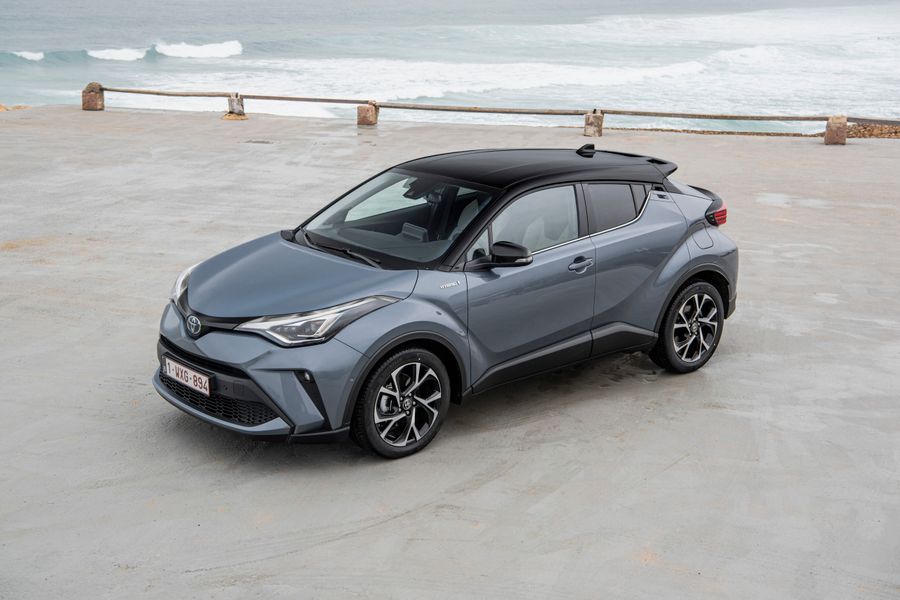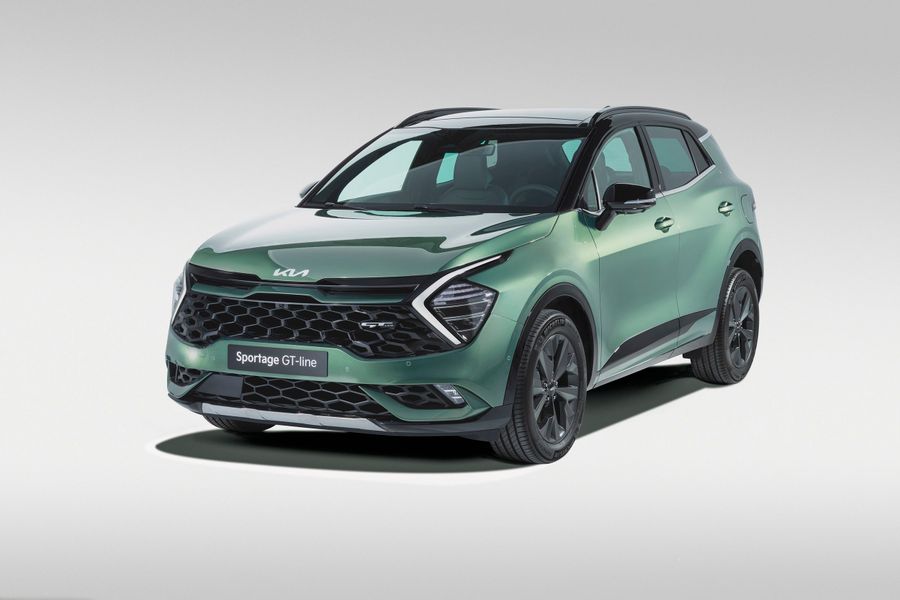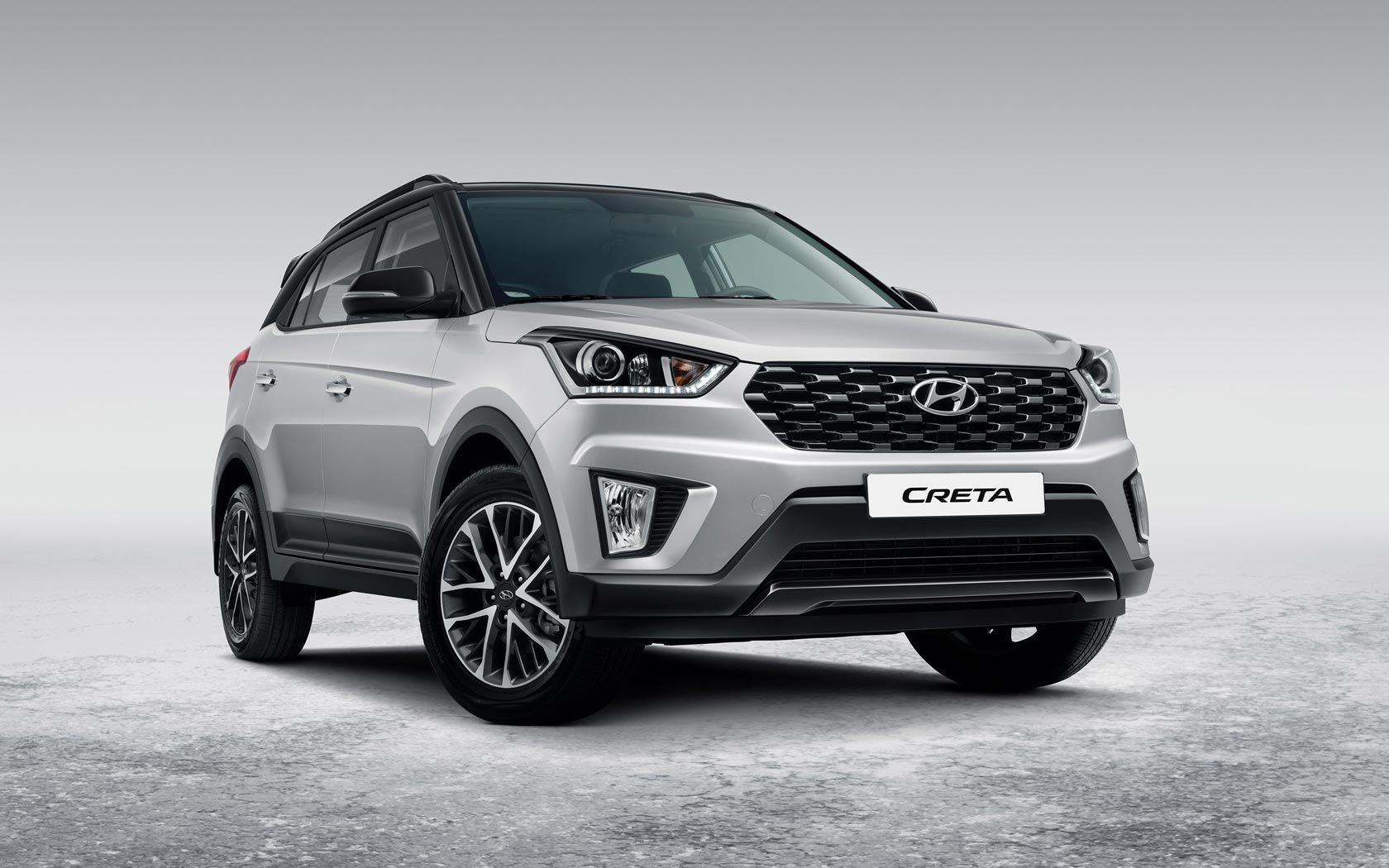
Hyundai Creta. The Kona’s humble sibling
Automakers care about poor countries and release special models, which are sold only there instead of more prestigious cars, albeit belonging to the same segment. For example, there is Hyundai with its Kona and Creta models. The first is known and bought by Israel, South Korea, USA, Canada, Europe and Australia. The Creta, also known as the Hyundai ix25 and Cantus, is produced by several Hyundai subsidiaries in China, India, Brazil and Russia, and is also assembled in Algeria. The car is a compact SUV with front or all-wheel drive.
The first generation Hyundai Creta debuted in near-production-ready form in China in April 2014. In 2021, it is possible to purchase the second generation, which was released in 2020. The SUV’s name comes from the name of the Greek island of Crete and echoes the word “create”. This vehicle is loved primarily for its almost perfect price-quality ratio. For a very low cost, you can get a pretty well-equipped urban SUV. According to the owners, a big plus is a rational dashboard with a minimum of buttons, each of which is at hand, like other controls. The dashboard is logically complemented by the roomy and ergonomic interior. Nobody complains about the lack of space. On the contrary, the owners are pleased to note that “the ceiling is not as low as that of the Duster”, the seats are comfortable and the visibility is good. The suspension is elastic, stable and functional. A tangible plus is the presence of all-wheel drive: the clutch connects the rear wheels when the front wheels slip, but there is also a forced blocking. Yes, you cannot conquer serious off-road conditions on this, but after all, the Creta does not try to position itself as an off-roader.
The first generation
The Hyundai Creta was designed as a global model for emerging markets and debuted at the Beijing Auto Show in April 2014. The concept was called the ix25 Concept, and the production version went on sale in China in October 2014. For this market, the car could be equipped with 1.6-liter and 2-liter petrol engines paired with a 6-speed manual or automatic transmission. The model could be front-wheel drive and all-wheel drive. Next, the vehicle started being assembled at Chennai plant in India, and turbaned dealers got it in July 2015. In India, there were three engines: a 1.6-liter petrol engine, a 1.4-liter or 1.6-liter diesel unit. All of them were coupled with a 6-speed manual transmission, but a 6-speed automatic transmission was optional for a diesel engine. The Indian Creta could be front-wheel drive only.
In another hot country, Brazil, the Creta went on sale in January 2017. The hood of those modifications hid a 1.6-liter petrol engine and a 2-liter petrol unit. Both were equipped with a 6-speed automatic transmission, and the junior engine could coexist in tandem with a 6-speed manual transmission. In harsh Russia, production of the Creta began at Hyundai’s St. Petersburg plant in August 2016. The model featured the same engines as elsewhere (1.6 l, 2 l), 6-speed manual transmission or classic automatic transmission, as well as front or all-wheel drive options. The vehicle immediately became the best-selling SUV in Russia since its creation.
Interestingly, the design of the new Hyundai Creta reflected the design concept of Hyundai of those years, the so-called ‘Fluidic Sculpture’. The wheelbase of the SUV was 2590 mm, and the length was 4,270 mm. In 2017/2019 (in different countries at different times), the car was restyled. The restyling was cosmetic, and its volume depended on the economic capabilities of the geographic division. So, the changes in the Russian version of the SUV were minimal.
The second generation
The second generation Hyundai Creta was first presented in China as the ix25 in April 2019. In February 2020, it appeared in India. And in June 2021, the vehicle finally arrived to Russia. The last country to get the new SUV version was Brazil (August 2021). The Creta models for China are equipped with a single 1.5-liter petrol engine with 115 hp, Indian models have two 1.5-liter petrol and diesel engines with the same power of 115 liters, but the diesel engine has more torque, as well as a 1.4-liter turbocharged petrol unit producing 140 hp. In Russia, the Creta comes with 1.6-liter (123 hp) and 2-liter (149 hp) engines. These are the same units that were in the first generation, respectively, and the other equipment is the same: the base engine is coupled with 6-speed manual or automatic transmission. The senior engine works only with an automatic transmission. The model is still front-wheel drive or all-wheel drive.
Let’s take a closer look at the 2021 Hyundai Creta for Russia to find out more about the trim levels. There are five of them. The minimum Prime includes two airbags, ESP, air conditioning, a media system with an 8-inch screen and Bluetooth function, electric and heated mirrors, driver’s seat height adjustment, simple halogen optics, and 16-inch steel wheels. The top-end Prestige includes climate control, heated steering wheel, keyless entry system, media system with a 10.25-inch screen and navigator, heated windshield and rear seats, Bose sound system, and push button start. There’s also a power driver’s seat, 7-inch color-screen gauges, light and rain sensors, cruise control, LED headlights, 17-inch alloy wheels and a panoramic roof. Safety is monitored by six airbags, all-round cameras, and front and rear parking sensors.
The "older" sibling of the Creta is supplied to Israel. This is a hybrid version of the first generation Hyundai Kona after the restyling of 2020. It comes with a 1.6-liter petrol engine with 106 hp. The synchronous electric motor is built into a 6-speed dual-clutch semi-automatic transmission with 44 hp and 170 Nm. The Kona Hybrid does not have a charging connector and a purely electric driving mode. The peak output of the powertrain is 141 hp, and the lithium-polymer traction battery is very modest with the capacity of 1.56 kW/h. But this battery performs its main task of saving fuel. The declared consumption reaches 4.3 liters of fuel per 100 km in the NEDC cycle.


